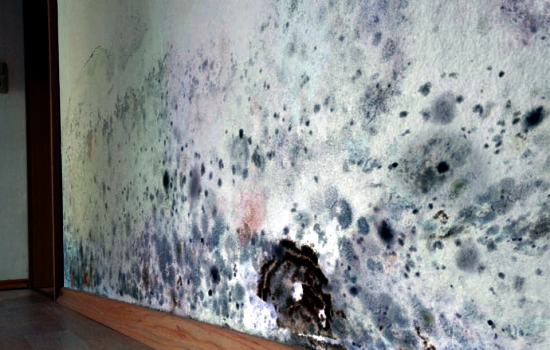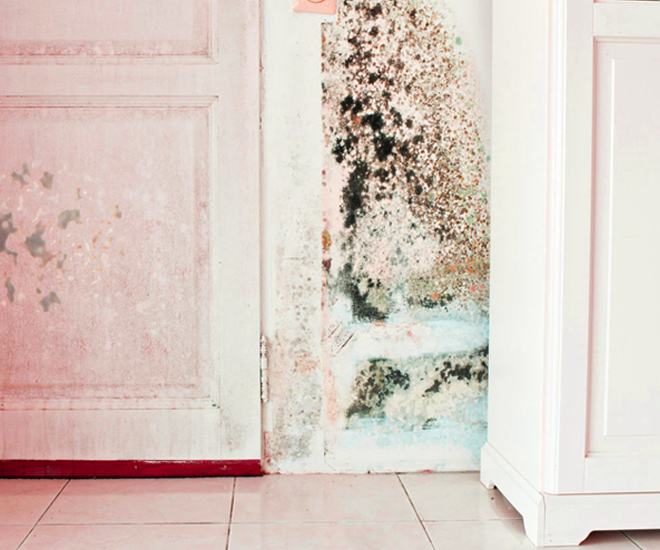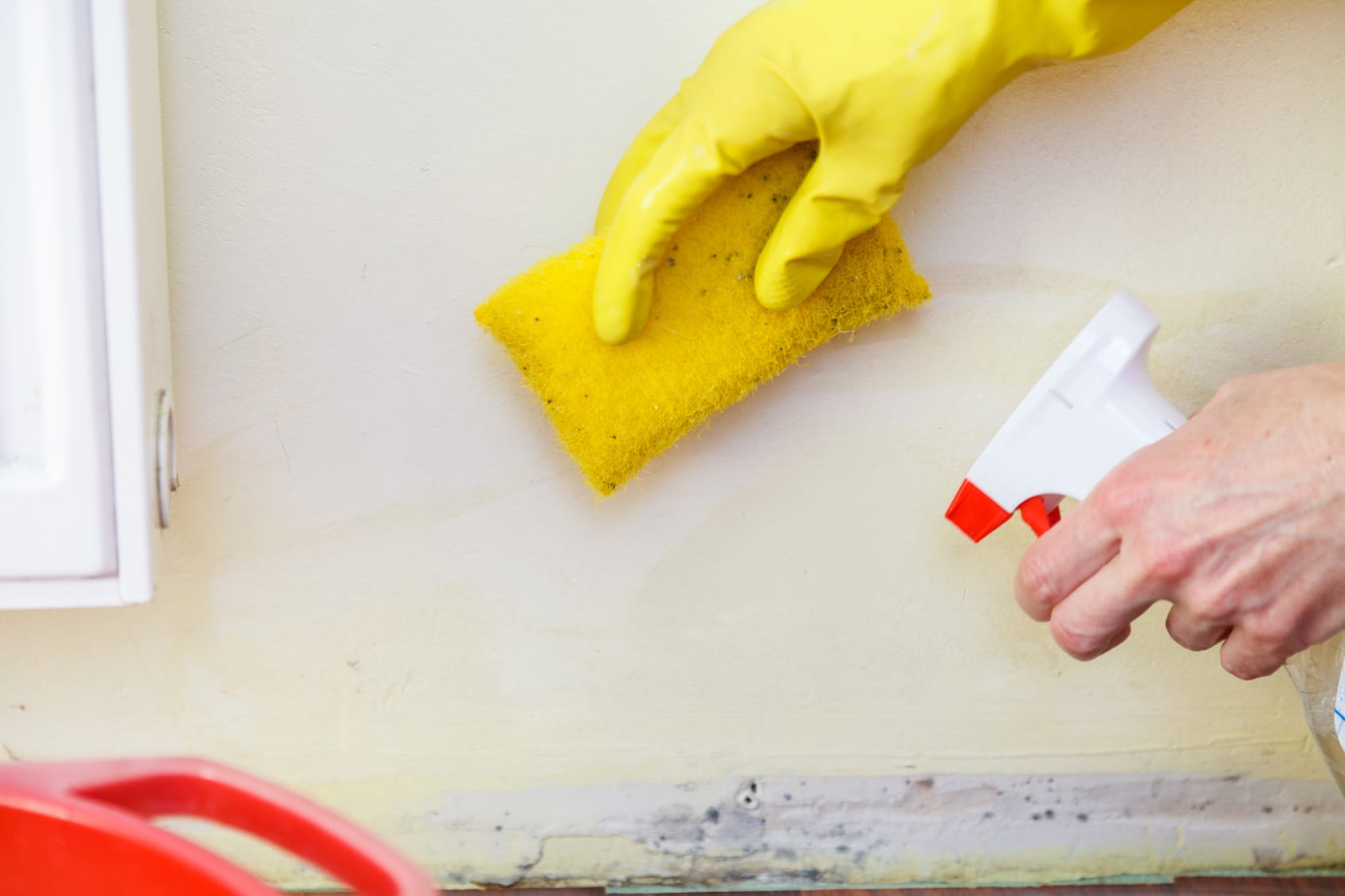Your Ultimate Overview to Article Mold And Mildew Removal Strategies
In the aftermath of mold invasion, understanding exactly how to successfully get rid of the mold and mildew and avoid its reoccurrence is critical for maintaining a healthy interior atmosphere. From selecting the best cleaning and disinfecting methods to executing strategies for long-lasting mold avoidance, each action in the removal trip plays a critical function in ensuring a successful end result.
Recognizing Post-Mold Remediation Process
After finishing the mold remediation procedure, it is essential to understand the post-mold removal methods that are essential to ensure a comprehensive and reliable clean-up. As soon as the mold and mildew has been gotten rid of, the following action involves cleansing and disinfecting the impacted areas to avoid any type of regrowth of mold and mildew. This consists of using specialized cleansing agents to wipe down surfaces and eliminate any type of remaining mold and mildew spores. It is necessary to dry the location totally to inhibit the growth of mold in the future (Post Mold remediation cleaning). Correct air flow and dehumidification can help in this process.
In addition, performing a last evaluation post-remediation is important to ensure that all mold and mildew has been successfully eradicated. This examination must entail a detailed aesthetic check along with perhaps air sampling to validate the absence of mold spores airborne. If the assessment exposes any type of remaining mold and mildew, extra removal might be needed. Finally, educating residents on safety nets such as managing moisture degrees and quickly attending to any type of water leaks can aid maintain a mold-free atmosphere.
Efficient Cleaning Up and Disinfecting Techniques

Avoiding Future Mold Development

Relevance of Proper Ventilation
Proper ventilation plays a vital function in avoiding wetness buildup, an essential consider mold and mildew growth within indoor settings. Reliable ventilation systems assist eliminate excess humidity from the air, reducing the opportunities of mold spores locating the dampness they require to sprout and spread out. Without adequate air flow, indoor rooms can become a breeding place for mold and mildew, resulting in possible health dangers and architectural damages.
By ensuring correct air circulation, air flow systems can also assist in drying out damp locations a lot more quickly after water damages or flooding events, additionally hindering mold growth. After mold remediation. Precede like shower rooms, cellars, kitchen areas, and attic rooms where dampness degrees tend to be greater, setting up and keeping efficient ventilation systems is important in protecting against mold and mildew invasions

Monitoring and Upkeep Tips
Offered the vital function that proper air flow plays in stopping mold growth, it is imperative to establish efficient tracking and upkeep tips to ensure the ongoing performance of air flow systems. Routine assessments of air flow systems ought to be carried out to examine for any signs of clogs, leaks, or breakdowns that might hinder correct airflow. Tracking moisture levels within the building is also vital, as high humidity can add to mold and mildew development. Mounting a hygrometer can aid track moisture degrees and alert home owners to any type of spikes that may require attention. In addition, making certain that air filters are on a regular basis cleansed or replaced is important for preserving the effectiveness of the ventilation system. Applying a timetable for routine maintenance jobs, such as air duct cleaning and heating and cooling system inspections, can aid stop issues before they rise. By my website remaining aggressive and attentive to the problem of air flow systems, residential property owners can properly alleviate the threat of mold regrowth and keep a healthy interior environment.
Conclusion
To conclude, post-mold remediation methods are important for guaranteeing a safe and clean atmosphere. Recognizing the process, implementing efficient cleansing and decontaminating methods, stopping future mold development, keeping proper ventilation, and regular monitoring are all vital action in the remediation procedure. By following these guidelines, you can efficiently remove mold and stop its return, promoting a healthy and balanced living or functioning area for all occupants.
In the after-effects of mold invasion, knowing just how to efficiently remove the mold and mildew and prevent its reoccurrence is paramount for keeping a healthy and balanced indoor environment. Once the mold and mildew has been gotten rid of, the next step includes cleaning and disinfecting the influenced locations to stop any type of regrowth of mold and mildew - Post Mold Remediation. After eliminating noticeable mold and mildew growth, it is essential to clean all surface areas in the affected location to get rid of any type of continuing to be mold and mildew spores. To additionally boost mold and mildew prevention steps, it is essential to address underlying issues that initially led to mold and mildew advancement.Offered the important role that appropriate air flow plays in preventing mold growth, it is important to establish reliable monitoring and maintenance suggestions to make certain the ongoing performance of ventilation systems
Comments on “Comprehensive Post Mold Remediation Procedures”